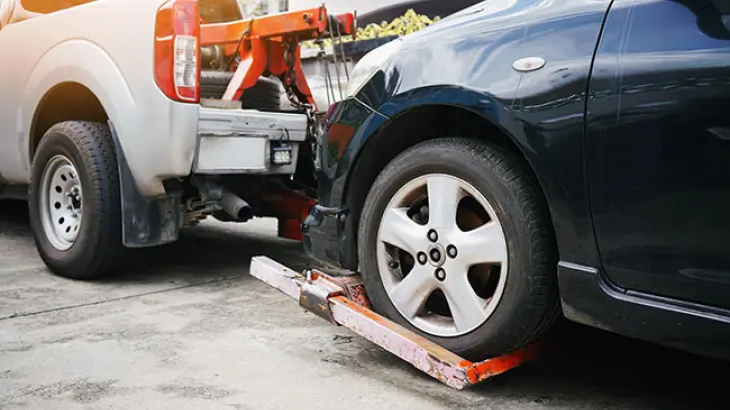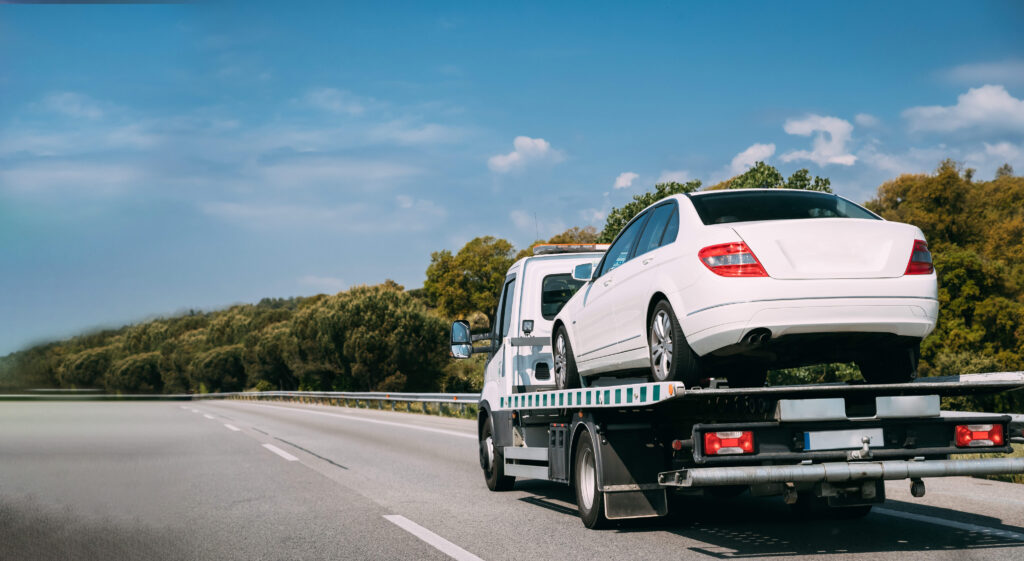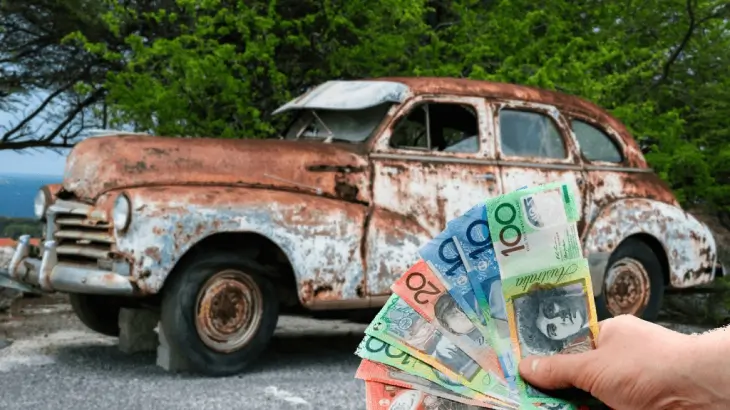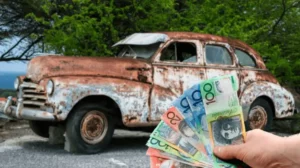Car recycling plays a big role in protecting the environment — not just in New Zealand but worldwide. It’s a key part of the country’s long-term waste management plan, helping reduce landfill waste and promote sustainability. Since the government introduced stricter environmental rules, more and more people have embraced car recycling, making it a common and responsible choice.
Did you know that New Zealand uses a different method for car recycling, a stricter and more effective process? The government of New Zealand and the car removal services company focus on reusing, repurposing, and reducing waste, rather than simply disposing of metal in a landfill. Let’s take a look at the step-by-step guide to car recycling and how it differs among Kiwis.
Step 1: Start with the Car Collection
The journey toward a cleaner future begins with something simple — getting that old car off your hands. In New Zealand, car removal services like Metro Car Removal make the whole process easy.
If the car still runs, it can be driven to a recycling facility. If not, a truck comes and tows it away. Most of the time, this service doesn’t cost you a thing, and in many cases, you’ll actually get paid for the vehicle. It’s a quick way to clear some space and know the car is headed somewhere it can be properly recycled.
Step 2: Eliminating Hazardous Materials and Draining Fluids
After the car is collected, it goes through a detailed inspection. During this stage, technicians carefully drain and remove all hazardous fluids — including coolant, brake fluid, gearbox oil, and engine oil. This step is crucial because improper disposal of these substances can be harmful to both people and the environment.
In New Zealand, recycling facilities follow strict environmental regulations to make sure these fluids are handled safely. Every drop is collected and disposed of in a way that prevents pollution and protects the community.
Step 3: Breaking Down the Car
Now, the following process is well-known for breaking down a car. But the critical aspect is the process of dismantling it. To separate the precious parts from the trash, it was disassembled. Airbags, tyres, windows, batteries, and catalytic converters are among the parts that are carefully removed and replaced. Many parts from an old car don’t go to waste — they’re recycled or given a second life. For example, car batteries are sent to specialised recycling plants where the metals inside are safely extracted and used to make new products. Even catalytic converters are valuable, as they contain precious metals like rhodium, palladium, and platinum that can be recovered and reused.
Step 4: Shredding the Car
The rest of the car’s body is torn into tiny pieces once all the reusable parts have been removed. This is where New Zealand’s recycling system excels. Once all the fluids and hazardous parts are removed, the car is fed into a powerful shredding machine that breaks it down into smaller, manageable pieces. From there, the metal is carefully separated from other materials like rubber, glass, and plastic.
In New Zealand, car recycling facilities rely on advanced technology to make this process efficient and environmentally friendly, ensuring that as much of the vehicle as possible is recovered and reused.
These technologies ensure that the material is categorised into several distinct groups, making it more useful for reuse.
Step 5: Material Sorting and Recycling
The different materials are separated once the car has been torn apart. Clothing, rubber, plastic, metal, and glass are all separated for recycling. Sorted items are transferred to proper recycling facilities, and it takes pride in its dedication to New Zealand’s stability.
- Metal recycling is the process of melting and reusing mainly steel and aluminium. Anything from new car components to home appliances can be made from this metal.
- Plastic recycling is the process of cleaning, clipping, and reusing plastic to create new items.
- Glass recycling is the process of collecting and reusing glass components from headlights and car windows to produce construction materials or other glass products.
- Rubber recycling: It utilises rubber accessories made from tyres and other rubber resources, such as rubber-rich asphalt and playground surfaces.
The review process in New Zealand is rigorous and practical. They look for every single detail of recycling and also include the landfill waste minimisation process. This review process ultimately led to the development of an environmentally friendly recycling process and the reuse of materials in a more sustainable manner.
Step 6: Final settlement
After completing the process, companies inspect various car parts, including those that can be reused and the materials that will be recycled. Once decided, they’re sent to expert waste management facilities for safe disposal and recycling. Even these non-interlocutory pieces are handled in a manner that minimises the negative environmental impact, thanks to New Zealand’s stringent environmental standards.
How is New Zealand different in the case of car recycling?
Let’s take a look at all the methods where kiwis are different in handling the car recycling process:
- Eco-conscious practices: Recycling cars is an essential aspect of New Zealand’s environmental culture. The government has enacted stringent recycling laws, and entrepreneurs handling autos should adhere to the most accurate standards. Such behaviour ensures that the technique is both environmentally friendly and effective.
- Local business support: Car recycling services in New Zealand provide comprehensive services to source and recycle car parts. This makes it more sustainable and helpful to the local economy. It reduces the country’s cost of foreign resources.
- Entire collection services: Most recycling services in New Zealand, such as Metro Car Removal services, offer car collection services. It makes it easier for car owners to dispose of their used cars. As a result, there are fewer abandoned cars on the road, creating a safer and cleaner environment.
- Public awareness: In New Zealand, people are aware of their cars and the importance of recycling. The majority of people understand the need to recycle their old vehicles and invest in long-term solutions, primarily due to educational activities and the country’s eco-friendly culture.
Final Thoughts
New Zealand deserves credit for its commitment to responsible car recycling and environmental sustainability. Across the country, car removal services work hard to make sure every step of the process is efficient, ethical, and environmentally safe.
This success is made possible through strict regulations, advanced recycling technology, and a strong focus on eco-friendly practices. New Zealand has become a great example for other nations that want to move toward a cleaner, greener future
Kiwis are the best when you want to get rid of an old car or want to know more about how your car is recycled. Now, it‘s your time. To ensure your car is scrapped correctly, contact Metro Car Removal in New Zealand. We promote a more sustainable way of living the next time you choose to recycle your vehicle.





